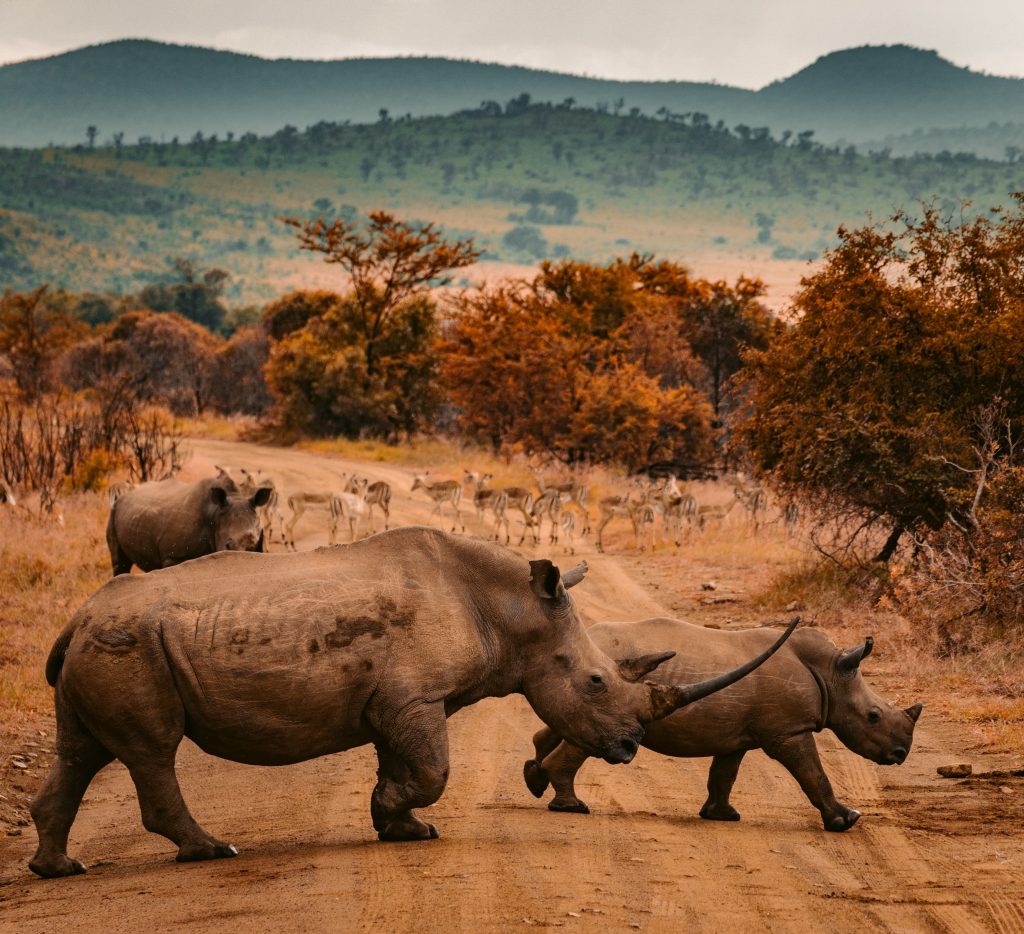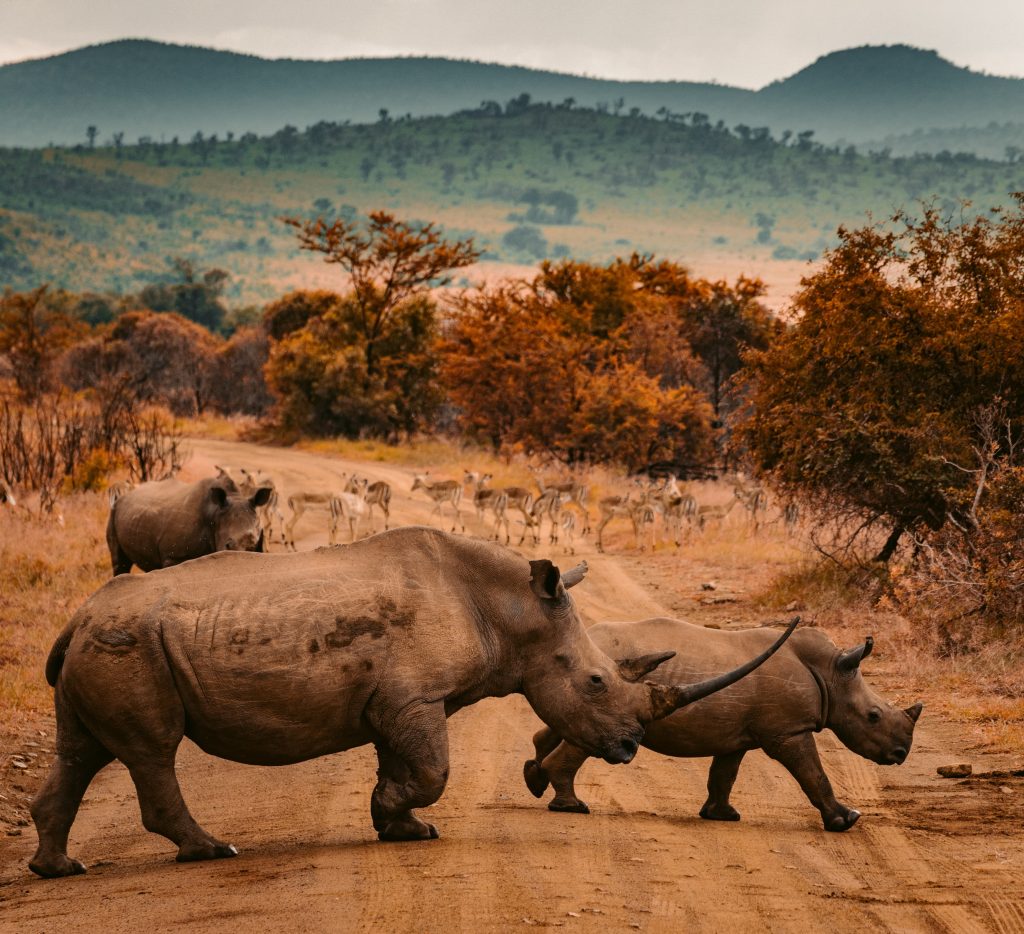A Horn of Hope: World Rhino Day and Conservation Efforts in Southern Africa

In the bustle of our daily lives, it’s easy to forget the wonders of the natural world that quietly persist, often against steep odds. One such wonder is the rhinoceros, a magnificent creature that, despite its size and strength, finds itself precariously positioned in the struggle for survival. The 22nd of September, known worldwide as World Rhino Day, is dedicated to celebrating these creatures and raising awareness about their plight.
World Rhino Day’s inception was in 2010, initiated by the World Wildlife Fund in South Africa. The aim was to generate a global event where people from all corners of the planet could unite in their admiration for these magnificent beasts and contribute to their continued survival. The day holds immense significance, serving as a beacon of hope and a rallying cry for conservationists and wildlife enthusiasts alike. It provides an opportunity for individuals, communities, and organisations to engage with various initiatives aimed at protecting rhinos from the brink of extinction.
The rhinoceroses population in Zimbabwe has been a focal point of such efforts. Despite historical challenges, Zimbabwe has seen encouraging progress in its conservation strategies. Zimbabwe is home to both black and white rhinos, with an estimated population hovering just under 1,000 individuals. Zimbabwe’s Lowveld region, in particular, has witnessed remarkable success in rhino conservation, thanks to the tireless efforts of local communities and international organisations.
Pioneering strategies have been deployed to combat poaching, a significant threat to these creatures. These include enhanced surveillance, community education programmes, and stricter enforcement of wildlife laws. Zimbabwe’s rhino conservation story is not just about the survival of a species; it is a testament to the power of collective action and shared responsibility.
In neighbouring Zambia, the story of the rhino took a different trajectory. As of 1998, Zambia had no rhinos left in the wild due to rampant poaching. However, this is no tale of despair. Instead, it’s a story of resilience and rebirth. Thanks to an ambitious reintroduction programme, the rhino has made a triumphant return to Zambia’s wild landscapes, specifically in the Mosi-oa-Tunya National Park.
The Zambian government, in collaboration with private organisations, has implemented stringent anti-poaching measures. The nation has also focused on community-based conservation, recognising that the well-being of rhinos is intertwined with the prosperity of local communities.
World Rhino Day serves as a potent reminder of our responsibility to these majestic animals. It’s a day to celebrate the strides made in countries like Zimbabwe and Zambia and to bolster our collective commitment to ensuring that rhinos roam our planet for generations to come. Let us use this day to spread awareness, foster partnerships, and nurture a love for wildlife that translates into tangible action. As we commemorate World Rhino Day, let’s remember that every small action counts. By supporting conservation efforts in whatever capacity we can, we contribute to a future where rhinos are no longer endangered but thriving in their rightful homes across the globe.

